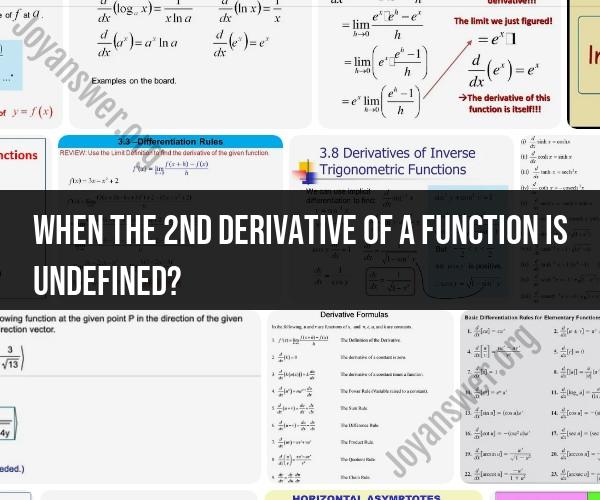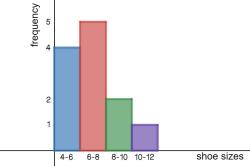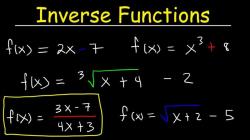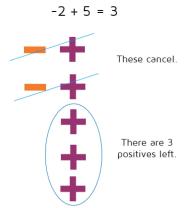When the 2nd derivative of a function is undefined?
Undefined second derivatives in calculus can be quite mysterious, but they typically occur in specific situations. To unravel the mystery of undefined second derivatives, let's explore the scenarios in which they can arise and understand the underlying reasons:
1. Definition of a Derivative:
A derivative represents the rate of change of a function at a specific point. The first derivative, often denoted as f'(x) or dy/dx, is defined as the limit of the difference quotient as h approaches 0:
f'(x) = lim (h -> 0) [(f(x + h) - f(x)) / h]
2. The Second Derivative:
The second derivative, denoted as f''(x) or d²y/dx², represents the rate of change of the first derivative. It is defined as the derivative of the first derivative:
f''(x) = (d/dx)[f'(x)]
3. Undefined Second Derivatives:
- Undefined second derivatives typically occur in the following scenarios:
a. Cusp Points:- A cusp is a point on a curve where the curve abruptly changes direction. At a cusp, the first derivative may exist (i.e., it's defined), but its slope changes so abruptly that the second derivative is undefined. An example is the absolute value function at x = 0: f(x) = |x|.
b. Vertical Tangents:- At points where a function has a vertical tangent, the first derivative becomes infinite. This results in the second derivative being undefined. An example is the function f(x) = x^(1/3) at x = 0.
c. Discontinuities:- If a function has a jump discontinuity or a sharp corner at a point, the first derivative may be undefined at that point. Consequently, the second derivative is also undefined.
4. Interpretation:
- Undefined second derivatives indicate that the rate of change of the first derivative itself is changing dramatically or infinitely at that point. This often corresponds to sharp features in the graph of the function.
5. Graphical Insight:
- When you encounter an undefined second derivative, it can be helpful to examine the graph of the function. Look for sharp turns, cusps, vertical tangents, or discontinuities in the vicinity of the point in question. These graphical features provide visual clues about why the second derivative is undefined.
6. Analytical Approach:
- To analyze the situation analytically, you can calculate the first and second derivatives using limit expressions and examine their behavior as you approach the point where the second derivative is undefined.
7. Caution in Calculations:
- When working with functions with undefined second derivatives, exercise caution in calculus calculations, such as finding critical points or inflection points, as these calculations often involve the second derivative.
In summary, undefined second derivatives occur at points where the behavior of a function is abrupt, such as cusps, vertical tangents, or discontinuities. They represent situations where the rate of change of the first derivative is changing dramatically or infinitely. To understand the nature of undefined second derivatives, both graphical and analytical approaches can be valuable.












